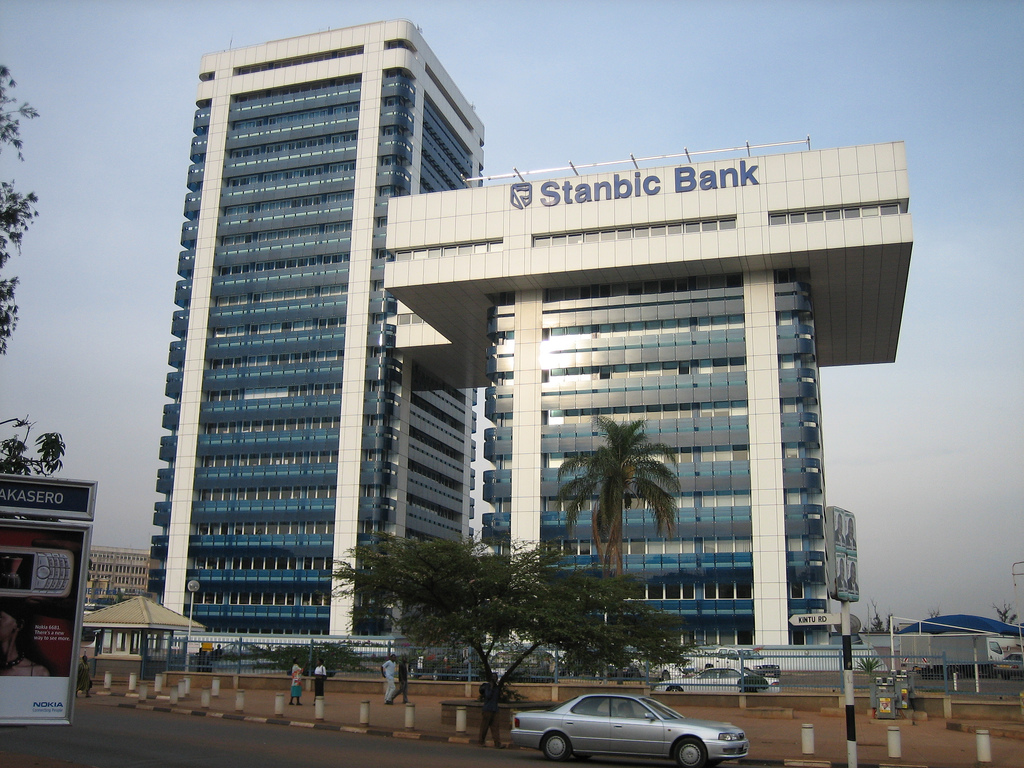Stanbic Bank Uganda has released its PMI index for February with the latest headline figure posting 53.2 in March, up from 51.1 in February, indicating a further improvement in the health of the private sector.
Commenting on March’s survey findings, Jibran Qureishi, the East Africa Regional Economist at Stanbic Bank said: “Operating conditions in Uganda’s private sector further improved, however the PMI average of 52.1 in the first quarter (Q1:2018) was lower than 54.0 average recorded in the fourth quarter (Q4:2017), suggesting to us that the pace of recovery is still sluggish.”
According to Stanbic Bank, credit growth to the private sector should broadly recover over the course of this year courtesy of the ‘accommodative monetary policy’ stance adopted by the Bank of Uganda in addition to improving domestic demand conditions.
In February 2018, the Bank of Uganda further reduced the Central Bank rate by another 0.5 of a percentage point to 9.0% resulting in the lowest CBR since the benchmark figure was introduced in 2011.
In response, Stanbic Bank which maintains a policy of matching adjustments of the CBR with equal changes to its Prime Lending Rate, announced another reduction of its PLR to 17% effective May 1.
The Bank now has the lowest shillings lending rate of all the banks active in Uganda’s credit sector.
Revealing the underlying reasons behind the PMI’s sustained upward trajectory, Benoni Okwenje, Stanbic Bank’s Fixed Income Manager, said: “Forming the basis for growth was an increase in new business. Private sector firms reacted by expanding their workforce numbers at the end of the first quarter. Consequently, business activity rose for the fourteenth month in succession. Elsewhere, output charges continued to rise, driven in part by higher cost burdens.”
He added: “Higher volumes of new orders spurred businesses to increase their purchasing activity in March, following a month of contraction mid-quarter. However, due to production demands, inventories fell for the second month in succession. On the price front however, higher purchase and staff costs led to a sustained increase in overall input costs in the private sector during March. In fact, input price inflation occurred across all five monitored sub-sectors, in line with the survey trend so far. Higher raw material prices alongside fuel costs drove up purchase prices, whereas rising costs of living was the main factor influencing average wages/salaries.”
The Stanbic PMI is a composite index, calculated as a weighted average of five individual sub-components: New Orders (30%), Output (25%), Employment (20%), Suppliers’ Delivery Times (15%) and Stocks of Purchases (10%).
Readings above 50.0 signal an improvement in business conditions on the previous month, while readings below 50.0 show a deterioration.







